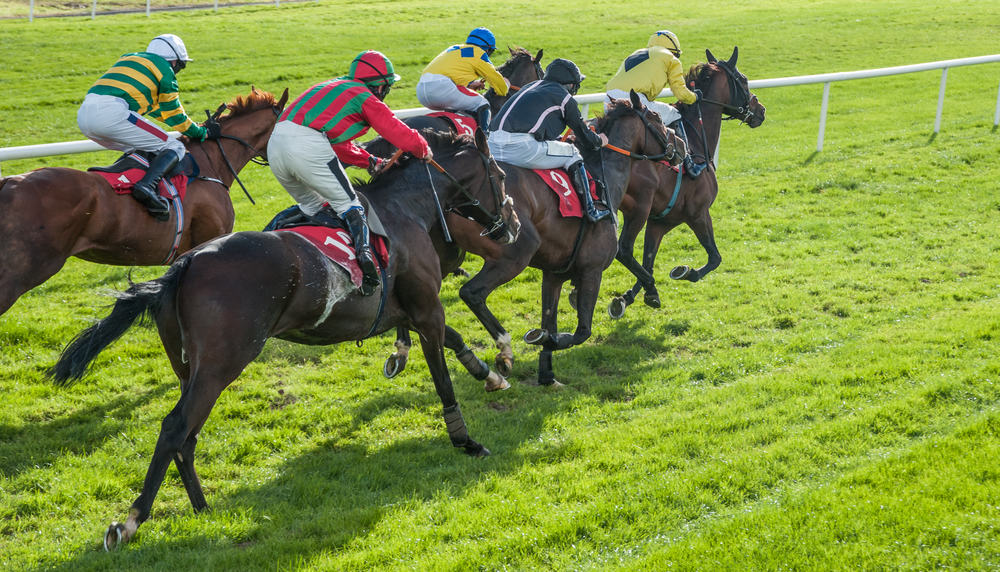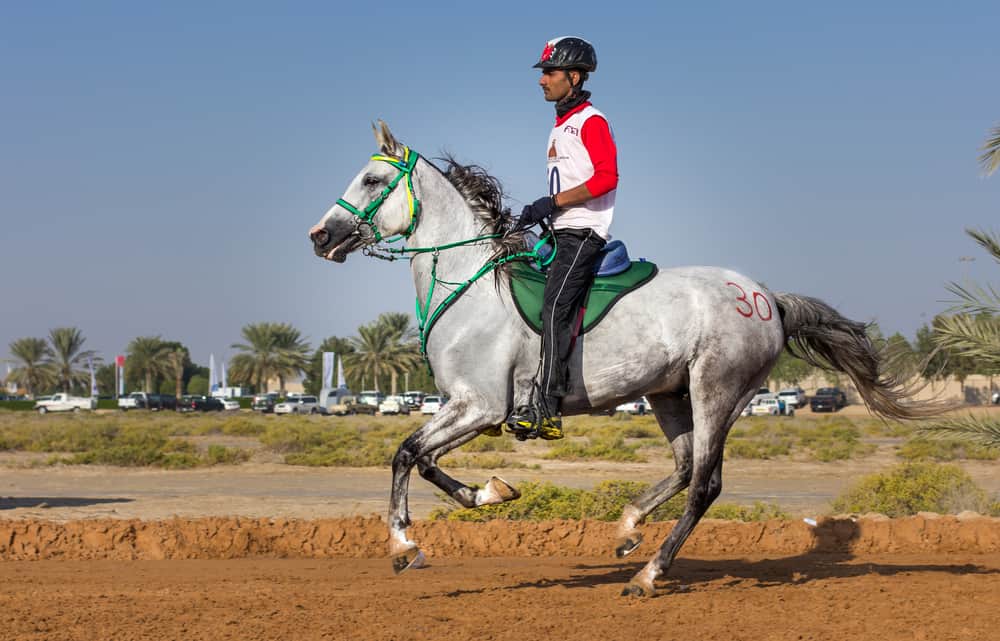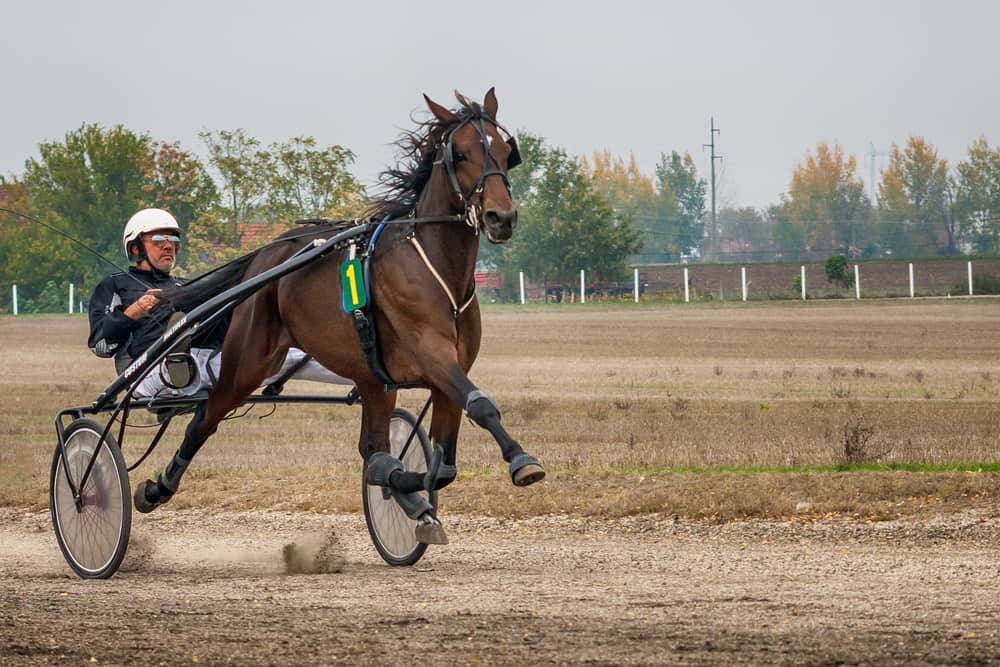The lives and history of humans and horses have intertwined for millennia, making the bond one of the strongest. Besides transport and work, people used equines for entertainment. As a result, horse racing turned into a versatile sport practiced on all continents.
The four major categories include flat, steeplechasing, endurance, and harness horse racing. Flat races consist of several sub-types and, unlike steeplechasing, don’t include obstacles. Endurance racing takes place over extreme distances, and horses pull carts in harness racing.
Below, we’ll look at the various horse races and what each sport involves. Keep reading and dive deeper into the equestrian world.
A Brief History Of Horse Races
Horses have coexisted with humans for as long as time remembers. As years passed, the roles of equines underwent significant changes, and besides pulling carriages, people used horses in wars. Before battles, warriors rivaled their steeds to get them ready for fights and prove their superiority.
Evidence shows that the onset of horseracing roots in several ancient cultures. Its origins date back about 4.500 BC when nomads in Central Asia domesticated the horse. More so, horse races were widespread in Ancient Rome and Greece and took place along with other sporting events.
Organized racing was also evident in cultures like China, Arabia, and North Africa. Medieval times further established this sport, and Europe took over in the 16th century. As a result of the betting aspect and omnipresence of horse races, many believe that’s how gambling developed.
Since there are a few different equestrian sports, they all have their specific set of rules. However, all horse events have one thing in common: the athletic shape of equines. Some of the factors that contribute to champions include genetics, diet, training, and environment.
1. Flat Racing
Flat horse racing is the most renowned category and typically involves Thoroughbred horses. Equines run on leveled dirt or turf oval tracks, but the latter is the predominant type. Fiat races test the horses’ stamina and strength, with speeds approaching 40 miles per hour.
Racing distances can vary from five furlongs (0.625 miles) to 20 furlongs (2.5 miles), depending on the competition. As with track length, the events held differ vastly. The most admired races in North America include the Kentucky Derby, Belmont Stakes, and Preakness Stakes.
Overall, any racing event that excludes hurdles and fences belongs to the fiat category. This type divides into allowance, claiming, stakes, and handicaps. Depending on the classification, each race involves a different level of excitement and competitiveness.
Allowance Racing
Allowance races target horses that aren’t for sale but must meet pre-set standards to compete. The most common requirements refer to the number of races and prize money earned within a specific timeframe. In these races, equines can prove themselves worthwhile to enter prominent future events.
Typical allowance conditions may exclude winners of a few races over a set period. Other requirements relate to age and gender restrictions. For instance, a race can only accept filly winners of two races.
Claiming Racing
Unlike allowance races, claiming ones are of lower grade. Besides competing to win, any horse entered in a claiming race can get sold (claimed) for a determined price. In short, putting a claim before the race means the horse will be yours regardless of the outcome.
Participating in claiming races can move you to Thoroughbred events without waiting for your horse to gain value or paying exorbitant prices. These races tend to be entertaining as there’s no guarantee about the horse you purchased.
Claiming races come in a broad array depending on the tag prices. Claimers with licenses may buy any horse they request before the race, but the original owner keeps the prize won. These events are some of the most popular in the US, with numerous opportunities to claim every month.
Stakes Racing
Top Thoroughbred racehorses compete in stakes races. Thanks to the prestige these events carry, the purses are also significant and range from several thousand dollars to millions. The name ‘stake’ comes from the money owners pay beforehand for the horses to take part and get massive winnings.
Stakes races assign Grades I, II, or III to horses, depending on their performance. Grade I is the highest and most profitable level with horses aged three and above. Eminent racetracks where all levels compete include Belmont, Santa Anita, and Churchill Downs.
The most prestigious stakes race is the Triple Crown that only accepts equines at the age of three. The name Triple comes as a result of the three legs it includes. The first segment is the Kentucky Derby (1 ¼ mile), the second is the Belmont Stakes (1 ½ mile), and the Preakness Stakes (1 3/16 mile) comes last.
The Breeder Cup, which lasts two days, is another top-notch Grade I stakes race. Participating horses can be of any age. Amazingly, the Breeder Cup stakes events in 2021 paid about $31 million in purses and awards.
Moreover, there are restrictive races that include only horses bred within the state. Most events host a couple of stake races each year, while notable tracks feature weekly events.
Handicap Racing
Regardless of their classification, most horses can compete in handicaps. Based on the official rating after each race, horses get assigned extra weight. In short, the highest-ranking horses will carry more weight (each point represents 1lb).
The intention to even horses on the field is what attracts most bettors to handicaps. Top rankings go up to 110 and belong to Class 2 handicaps, while the lowest-graded go under Class 7.
2. Steeplechase Racing
Steeplechase races are among the oldest horse racing events and involve jumping over fences to get to the finish line. Obstacles can also come in the form of hurdles, water jumps, and water ditches. Solid fences must be at least 4 feet and 6 inches high, while distances vary from 2 to 4 ½ miles.
Keen bettors can watch and bet on various steeple horse races. The most prestigious steeplechase worldwide is the Grand National race in Liverpool, England. This event contains 30 fences and is 4 miles and 2½ furlongs, and has taken place since 1839.
How efficiently a horse glides over obstacles will impact the betting experience. Most horses and jockeys that enter these equestrian events are highly experienced and confident in their jumping abilities. More so, they can maintain control of the animal while maneuvering it around the field.
3. Endurance Racing
Endurance races have roots in ancient times when riders assessed horses based on their perseverance. Highly-valued equines could endure grueling rides and obstacles like rivers and mountains across harsh terrain and vast distances. As such, endurance riding tests the horse and riders’ training and stamina.
Though not as exciting as fiat racing, some people take chances on these games, too. Endurance race length varies from 50 to 150 miles, taking several days to complete. Based on the fitness and experience of horses, many breeds can compete, but Arabian horses are the most frequent.
The most distinguished US endurance race is the 100-mile Tevis Cup that originates from California. Another high-ranking endurance racing event is the 250-mile Shahzada that occurs in Australia. Though the contest lasts five days, it takes pride in almost 2000 competitors.
The lengthiest endurance horse event is the 621-mile race across the vast Mongolian steppe. The Mongol Derby follows the trail of the horseback messengers of Genghis Khan. Guinness acknowledged this horse race as the longest and most challenging in the world.
4. Harness Racing
Harness racing stems from chariots pulled by horses in wars. The early Olympic Games also featured two and four-horse chariot harness competitions. Though ancient races were six miles long, the typical racing distance today is about one mile.
Harness racehorses pace or trot while pulling the driver in carts known as sulkies. Sulkies are lightweight carriages on two wheels intended for a single person. As for the race, the driver is the decisive factor when it comes to winning. The maneuverer must be strategic, athletic, and intelligent in his choices.
In harness racing, horses compete in pace or trot gaits. For the former type, the hooves on the same side move simultaneously. In trot gaits, horses strike the ground with legs in diagonal pairs. Breaking the gait into a gallop may disqualify the horse. Hence, teams need skills rather than speed to win.
The ideal breed for harness races is by far the Standardbred, thanks to its temperament and conformation. These horses have long, muscular bodies and are pretty intelligent, calm, and social.
Bottom Line
Horse racing sports have evolved to immeasurable lengths since the time of chariot races and warhorse strategies. Still, two aspects remained unchanged: the athletic superiority of horses and the skills and savviness of the riders. Only the perfect combo of both can lead to great race wins.
What about your experience with equestrian sports? Have you ever owned or ridden a racehorse? We’d love to hear your insight on the topic, even if you’re only a keen fan of horse racing. Please, share your thoughts with our loyal readers and check out our horse-related content.













